Humans have been puzzled by things like the depths of the ocean and outer space. But one equally mysterious object has been standing right in front of you when you look in the mirror. It’s a human body.
And one TikTok creator named Knowledgesaurus has been stripping away the mystery surrounding it in a series of “How Rare Is Your Body?” videos. From explaining what percentage of people have features like cracked tongue, angled palm crease, or an extra rib, to counting how many people have the ability to write with both their right and left hands, or can make a clover out of their tongue.
The informative and fun videos gained Knowledgesaurus immediate popularity with millions of views and 1.3M followers, so let’s see some of the most interesting body facts that will pump your biology knowledge muscle so you can show it off in the next trivia session.
@knowledgesaurus How Rare Are You? ##rare ##howrare ##bodyfacts ##mindblown ##fyp ##foryoupage ##greenscreen
♬ original sound - Knowledgesaurus
#1
Only 1% of people are ambidextrous - they have no preference for the use of right or left hand.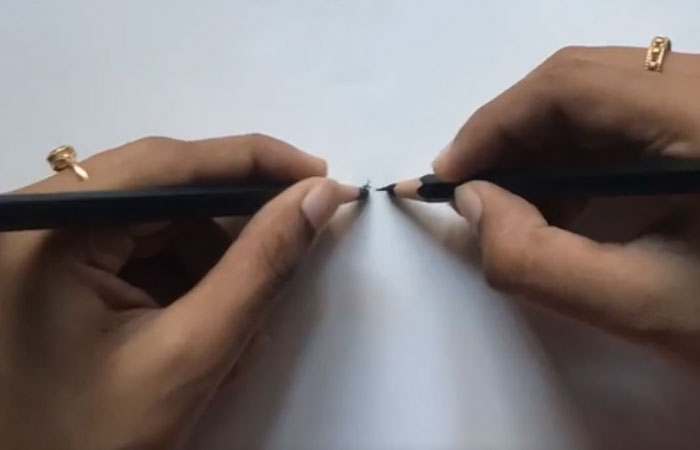
Image credits: knowledgesaurus
#2
Less than 1% of people have their heart on the right side of their body. Surprisingly, this doesn't normally come with any negative consequences.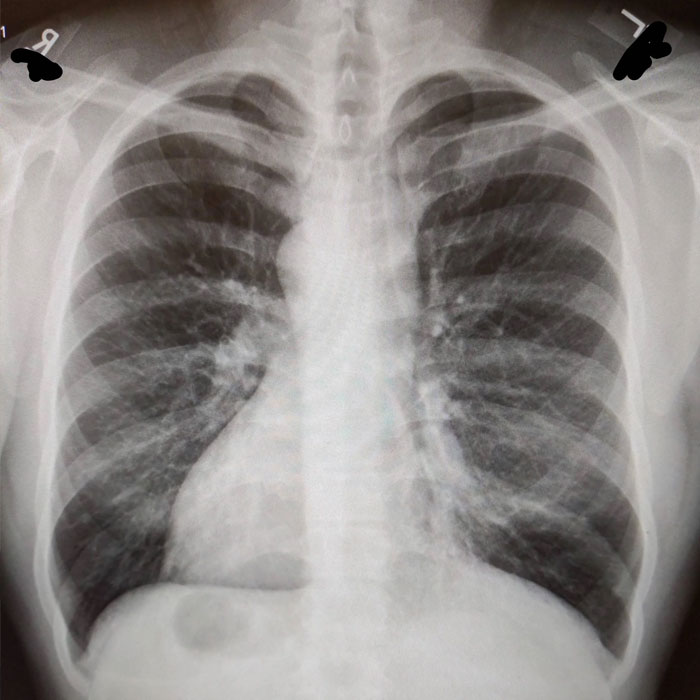
Image credits: knowledgesaurus
#3
Only 33% of people can whistle. Almost everyone has the ability to whistle, it just takes the right techniques.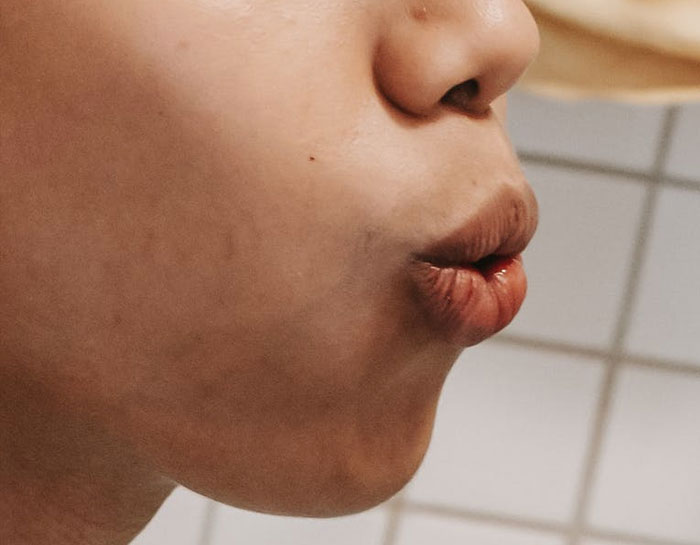
Image credits: knowledgesaurus
#4
9% of people can taste the soap taste in cilantro. Cilantro contains the chemical that is also a byproduct of soapmaking.
Image credits: knowledgesaurus
#5
4% of people have Raynaud's syndrome. This is when a part of your body, usually your fingers or toes, starts to turn white when exposed to low temperatures. It's your body's overreaction to cold or distress.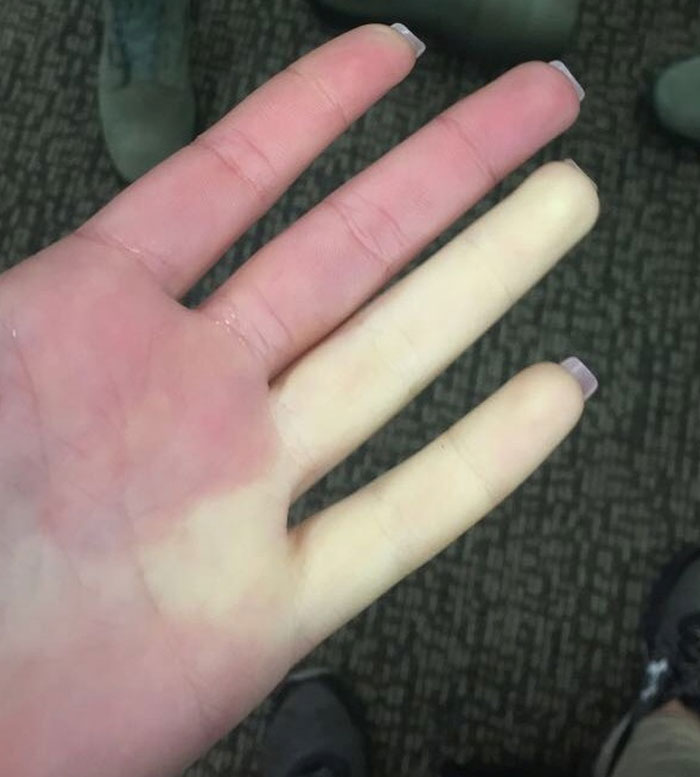
Image credits: knowledgesaurus
#6
Less than 1% of people have an extra rib. Most people are born with 24, but some have 25 ribs. The 25th is called a cervical rib.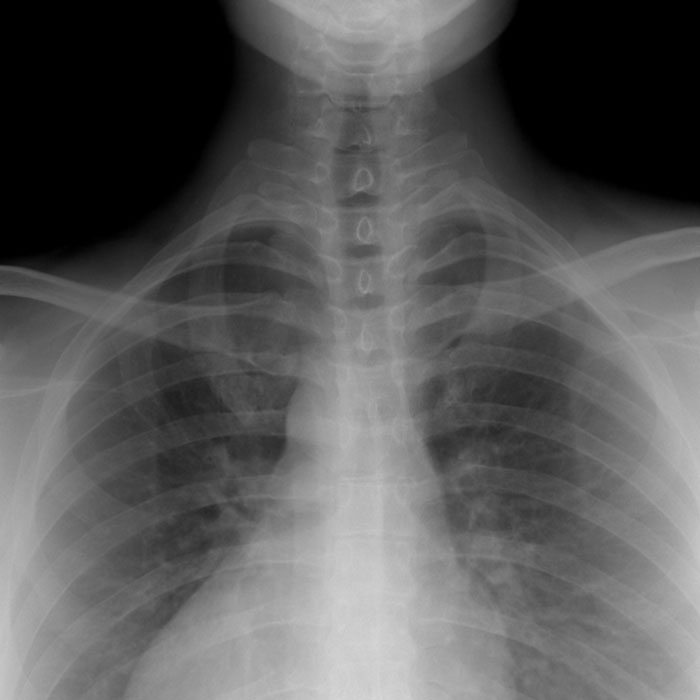
Image credits: knowledgesaurus
#7
Less than 1% of people have this small little hole right on their ear. Some evolutionary biologists claim this used to be a gill on humans.
Image credits: knowledgesaurus
#8
35% of people have no wisdom teeth. Wisdom teeth used to serve a purpose but now they no longer do, which is why we take them out so they don't get infected while they're pushing through your gums. If you don't have wisdom teeth, I'm jealous of you.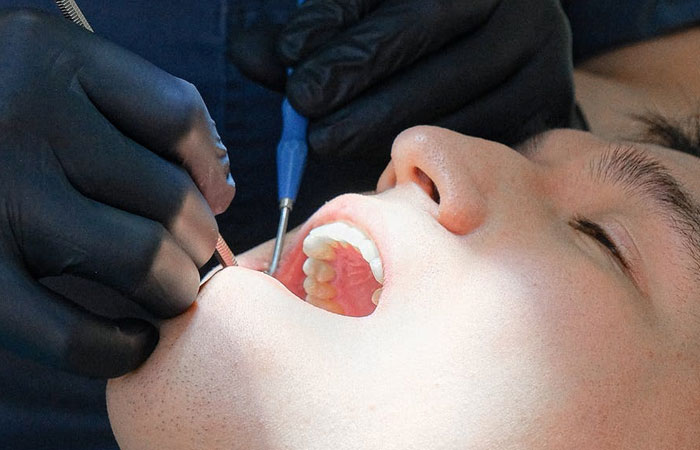
Image credits: knowledgesaurus
#9
Less than 1% of people have pointy or elf-like ears. It's an abnormality called Stahl's ear, it's usually corrected early in life.
Image credits: knowledgesaurus
#10
83.7% of people can roll their tongue, but only 14.7% of people can make a clover out of their tongue.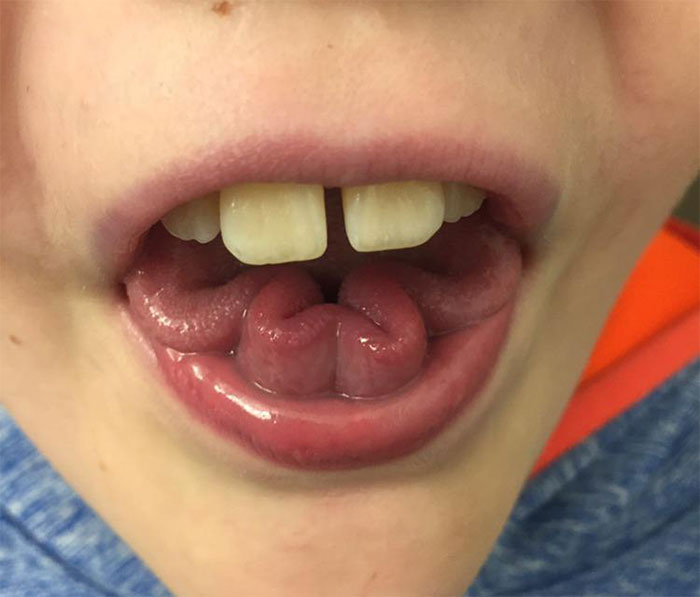
Image credits: knowledgesaurus
#11
Only 35% of people have 20/20 vision. 2/3 people cannot see perfectly.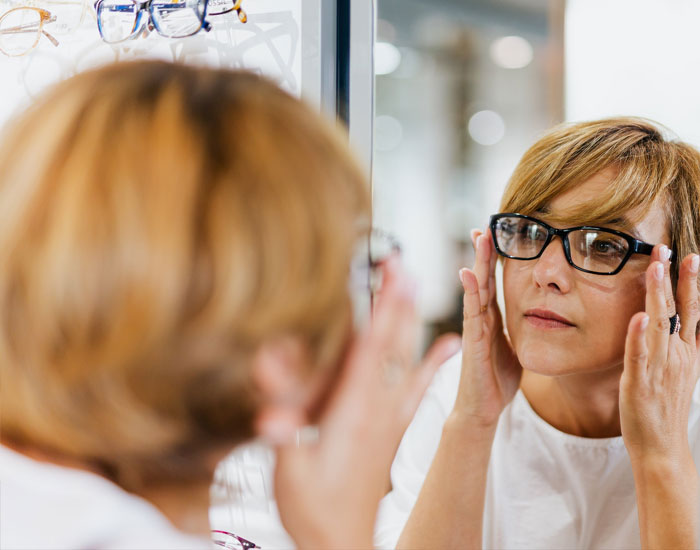
Image credits: knowledgesaurus
#12
Less than 1% of people are born with a white patch of hair. It is called poliosis, which is caused by the lack of pigment called melanin in the hair follicles.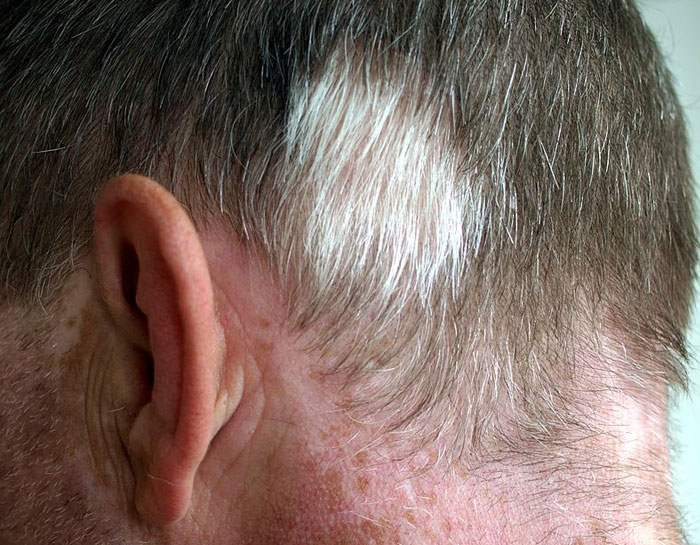
Image credits: knowledgesaurus
#13
10% of adults in the US have never had a cavity in their life, however it's estimated that 1 in 4 adults have cavities that are untreated.
Image credits: knowledgesaurus
#14
8% of people still have chimp-like feet, that are specifically adapted to climbing trees. This is characterized by a mid-foot arch. If you want to check if you have this, see if you can bend the ball of your foot as well as the region half-way between your heel and the ball of your foot.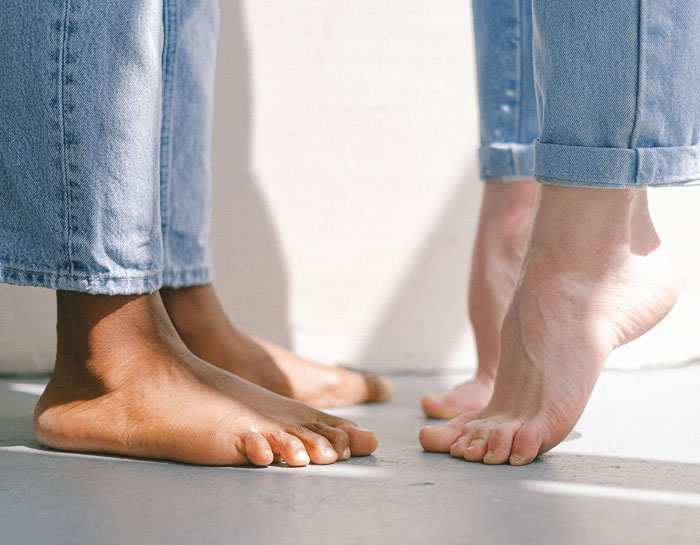
Image credits: knowledgesaurus
#15
25% of people have perfect teeth and never need braces or any orthodontics. 45% of children need braces, but 75% need orthodontic care.
Image credits: knowledgesaurus
#16
25% of people have a Hitchhiker's thumb - when the upper part of the thumb can bend 90 degrees backwards. It's caused by a certain gene.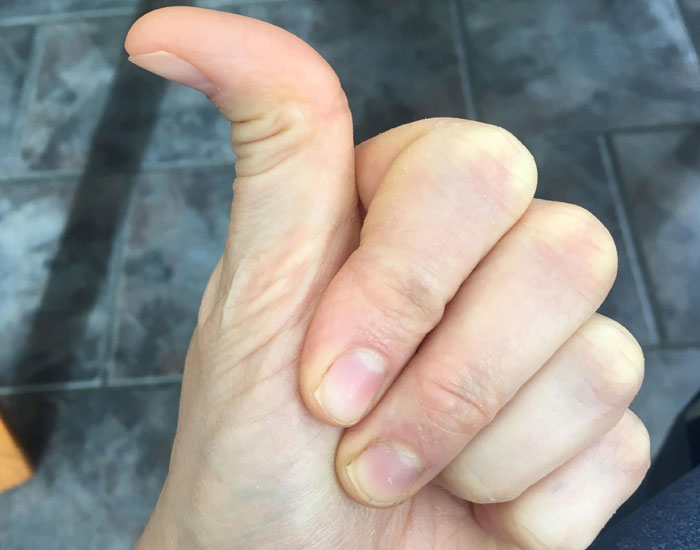
Image credits: knowledgesaurus
#17
Only 1% of the population can lick their elbow. The people that can do this usually have either a long tongue or a short forearm, or both.
Image credits: knowledgesaurus
#18
Less than 1% of people can give themselves goosebumps on command. The majority of people get them when they're cold or listening to music, but some can give themselves goosebumps whenever they want to.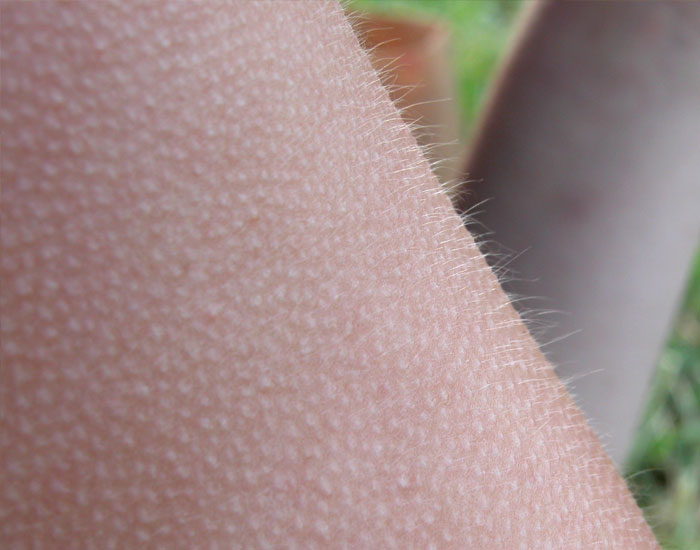
Image credits: knowledgesaurus
#19
Less than 1% of people can hear colors or see sounds (synesthesia).
Image credits: knowledgesaurus
#20
Only 1.5% of people have a single palm crease. This is often found in males and is a hereditary trait.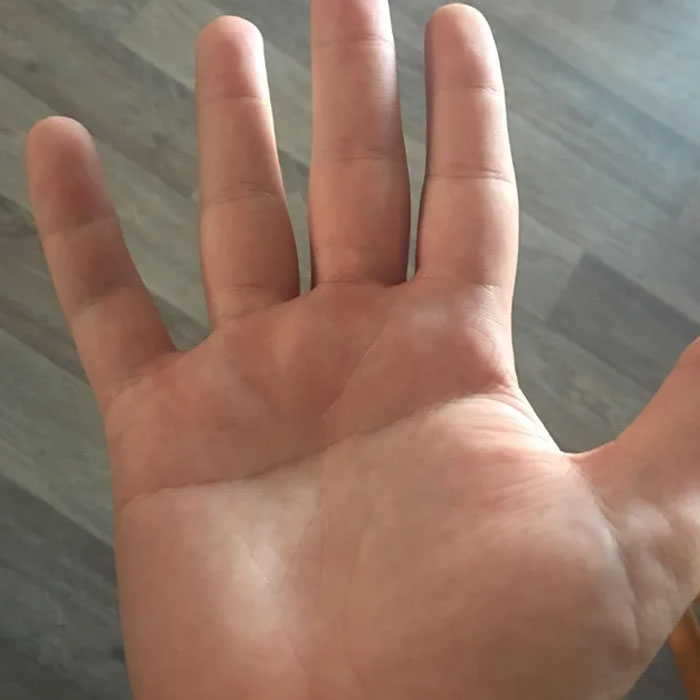
Image credits: knowledgesaurus
#21
10% of people have something called Morton's toe. It's when your big toe is shorter than the one next to it. The Statue of Liberty actually has a Morton's toe as well.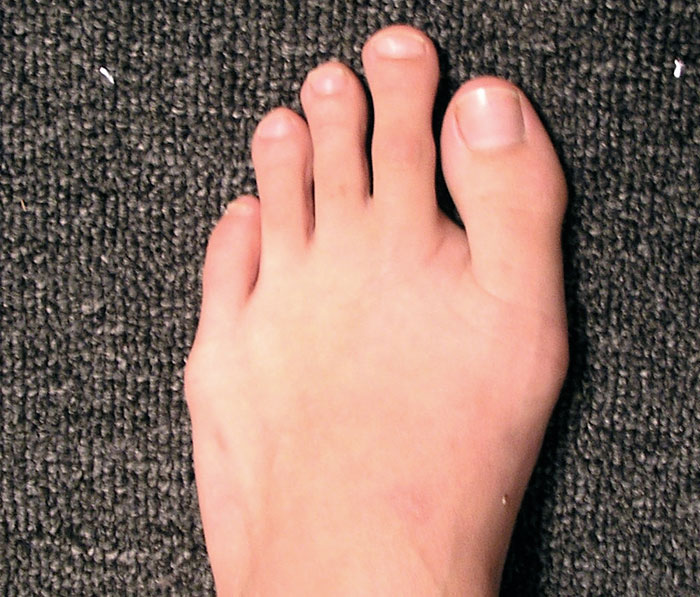
Image credits: knowledgesaurus
#22
1% of people have a double row of eyelashes. While this might look like something a lot of you are jealous of, it actually can cause a lot of problems.
Image credits: knowledgesaurus
#23
20% of people are double jointed. This is thought to be genetic and due to a variation in collagen in your connective tissues.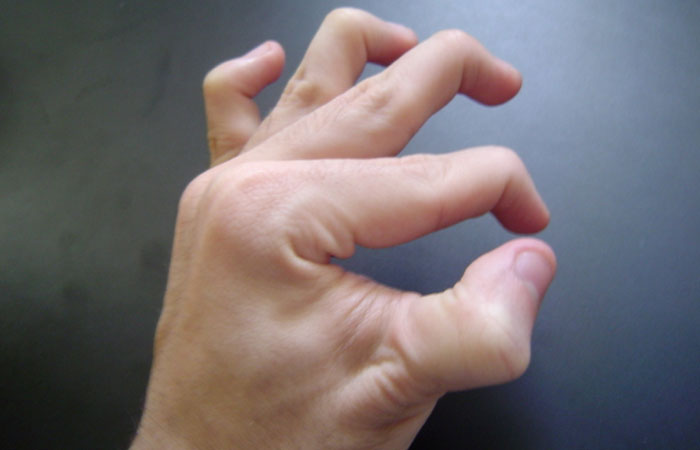
Image credits: knowledgesaurus
#24
Less than 1% of people in the US have AB-Negative blood. There's also something called Golden blood, which only about 40 people in the world have, and it's completely different than any other blood.
Image credits: knowledgesaurus
#25
8.4% of people have a counterclockwise hair whorl on their head, while the majority has a clockwise one.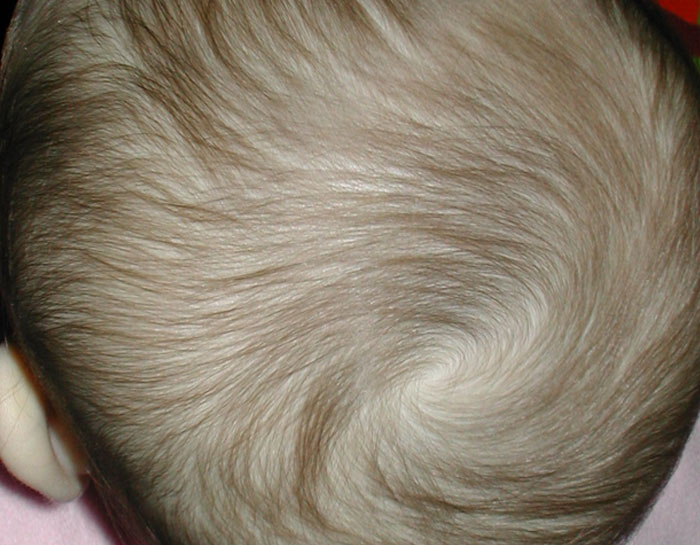
Image credits: knowledgesaurus
#26
Only 4% of people have an outie belly button. Believe it or not, doctors can't choose if you'll have an innie or an outie belly button, things like the belly button itself and the fat beneath it determine what it will look like.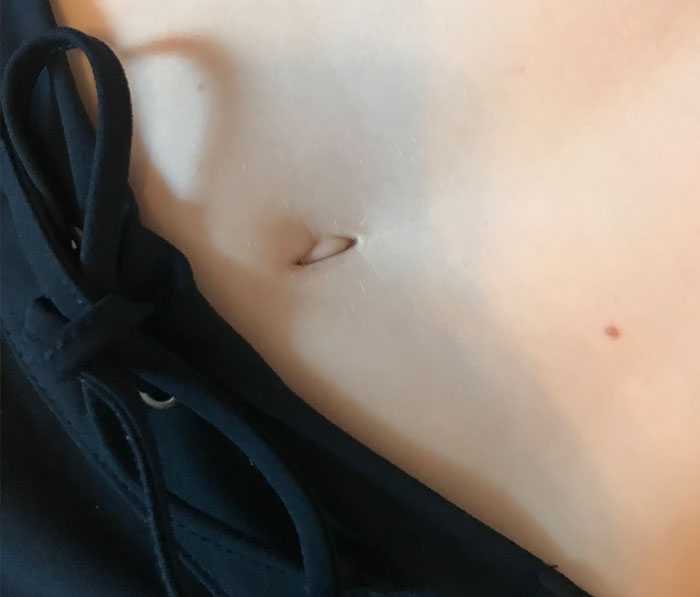
Image credits: knowledgesaurus
#27
2% of people naturally have red hair. In order to have a child with this hair color, both parents need to possess the gene, and while redheads make up a tiny part of the population, one study found that 30% of ads have people with red hair in them.
Image credits: knowledgesaurus
#28
Only 2% of people naturally have blonde hair. If you narrow it down just to white people in the United States, that percentage goes up to 5%.
Image credits: knowledgesaurus
#29
Only 25% of people have dimples. You can have either two, or just one. Dimples are also hereditary, so if either of your parents has a dimple, it's more likely you'll have one as well.
Image credits: knowledgesaurus
#30
24% of people can raise one eyebrow, however you can learn to do this as well.
Image credits: knowledgesaurus
#31
Only 5% of people have arched fingerprints. Most people have looped and whorled fingerprints.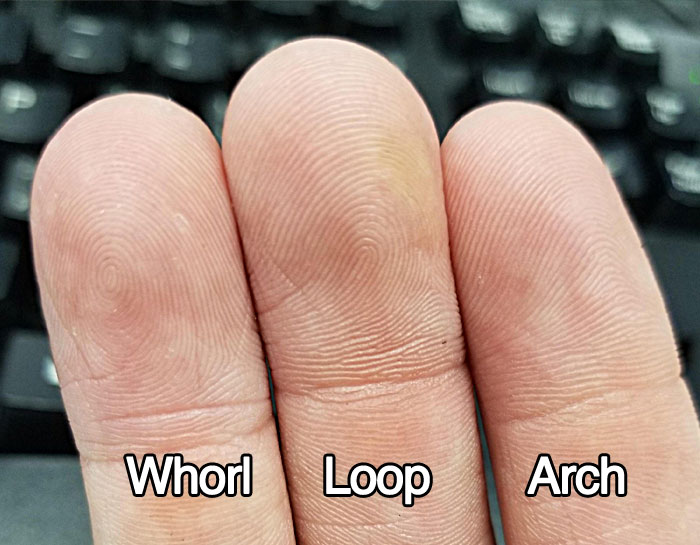
Image credits: knowledgesaurus
#32
22% of people can wiggle one ear, and only 18% can wiggle both. The ability to do so may be inherited, however, it can also be learned with practice.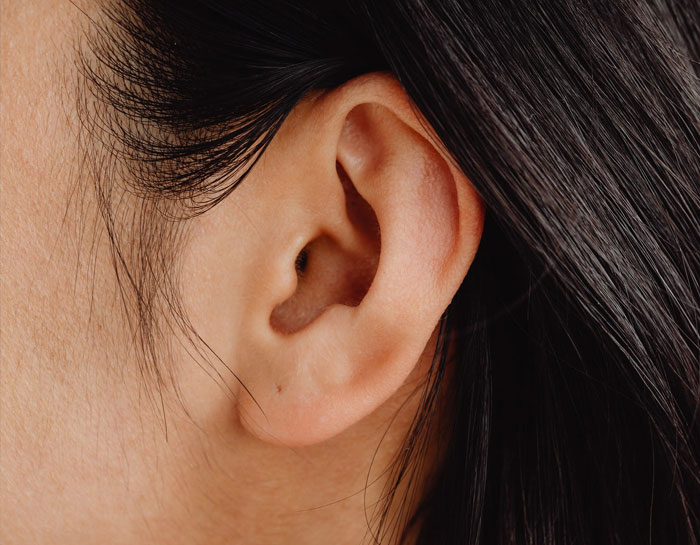
Image credits: knowledgesaurus
#33
10% of people are left handed. Left handed people tend to live shorter lives.
Image credits: knowledgesaurus
#34
3% of people have X's on both their palms. This is a very rare phenomenon, some people regard it as a sign of a strong character.
Image credits: knowledgesaurus
#35
5% of people have a double hair whorl.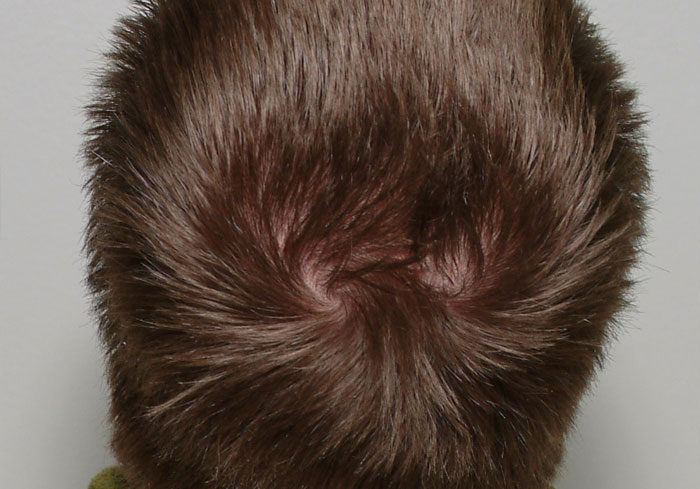
Image credits: knowledgesaurus
#36
4% of people are colorblind. Color blindness occurs in 8% of men and 0.5% of women.
Image credits: knowledgesaurus
#37
About 20% of people have a pupil that is bigger than the other. This is called anisocoria, it can be a very small, or a very big difference.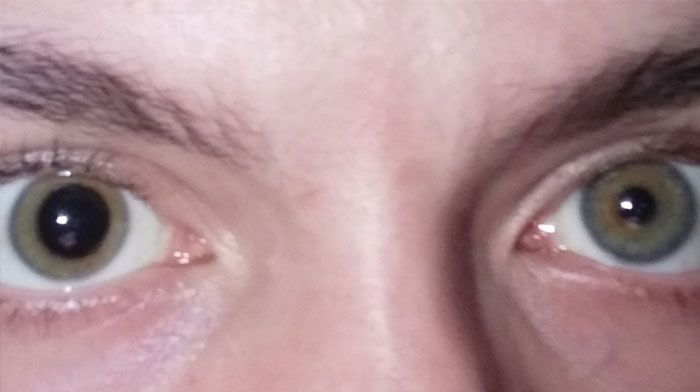
Image credits: knowledgesaurus
#38
70% of people bend their head to the right when kissing. Your brain is the cause for this. The left side of our face shows more emotion so we want to give our partner the more emotive side and we tilt our head to the right.
Image credits: knowledgesaurus
#39
25% of the population snores regularly.
Image credits: knowledgesaurus
#40
Less than 1% of people have an uncombable hair syndrome. It's characterized by frizzy hair that can't be combed down. It's normally seen in people that are younger and usually have blonde hair.
Image credits: knowledgesaurus
#41
5% of people have amber eyes - golden or coppery with flakes of gold, green or brown. Amber eyes are very common in dogs, bird and fish.
Image credits: knowledgesaurus
#42
Only 6% of people have a cleft chin - a dimple in the middle of your chin. It is usually genetic, you can actually add or remove one with surgery.
Image credits: knowledgesaurus
#43
25% of people sneeze when they're exposed to direct sunlight. It's called the photic sneeze reflex.
Image credits: knowledgesaurus
#44
5% of people have a cracked tongue. It develops in birth or childhood, and is associated with Down syndrome and malnutrition.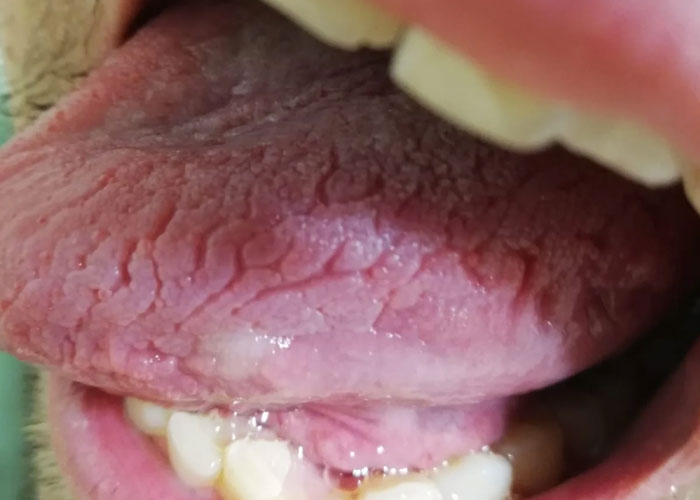
Image credits: knowledgesaurus
#45
16% of people can make a roaring noise in their head using their jaw. They're able to do this because they can control a small muscle in their jaw that deafens chewing, but when it is flexed it makes a roaring noise.
Image credits: knowledgesaurus
#46
6% of people can vibrate and rapidly shake their eyeballs back and forth.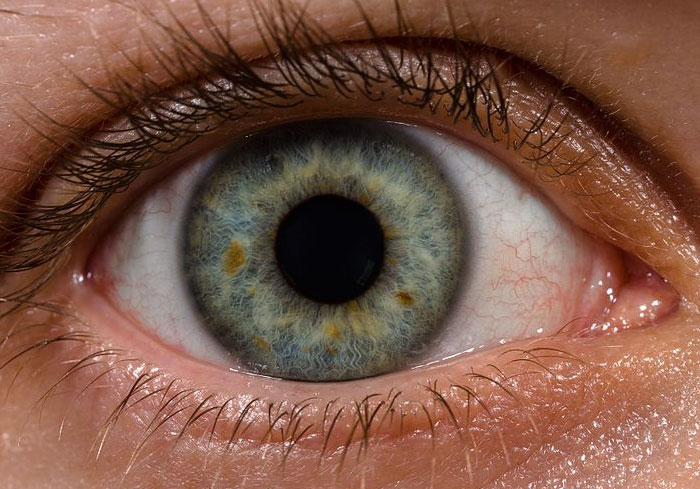
Image credits: knowledgesaurus
#47
Less than 1% of people have unbreakable bones. This is caused by a mutation in one of the genes that causes the bones to be up to 8 times denser.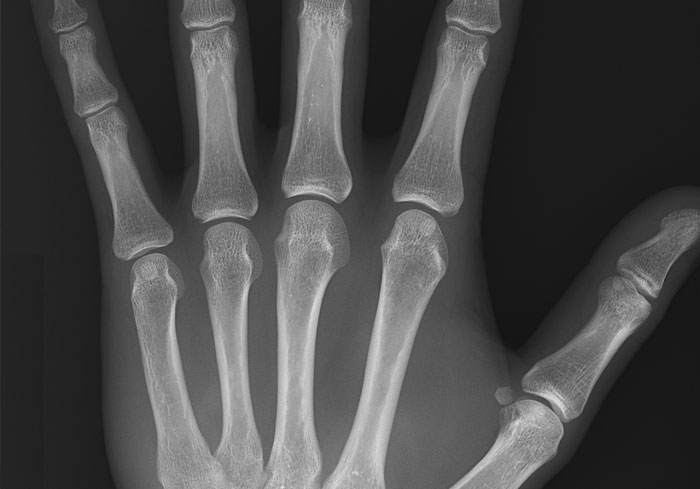
Image credits: knowledgesaurus
#48
1% of people need less sleep than the rest of us. These people have Sleeper Syndrome which allows them to go through a sleep cycle faster than an average person.
Image credits: knowledgesaurus
#49
About half of the population can wiggle their toes individually. The big toe and little toe have individual muscles so it's easier to move them, but the middle toes are all controlled by one set of muscles so those are a lot more difficult to move.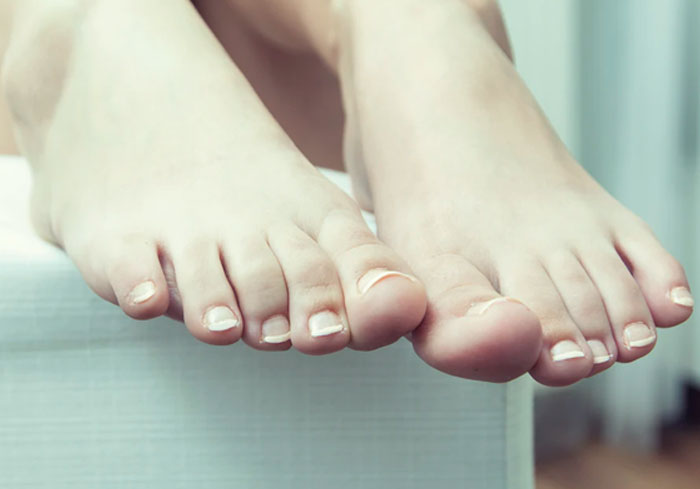
Image credits: knowledgesaurus
#50
7% of people can tickle themselves. Usually your brain does not let you tickle yourself, but some experts believe that if you push your tongue up against the roof of your mouth you can actually tickle yourself, because you're not used to that sensation.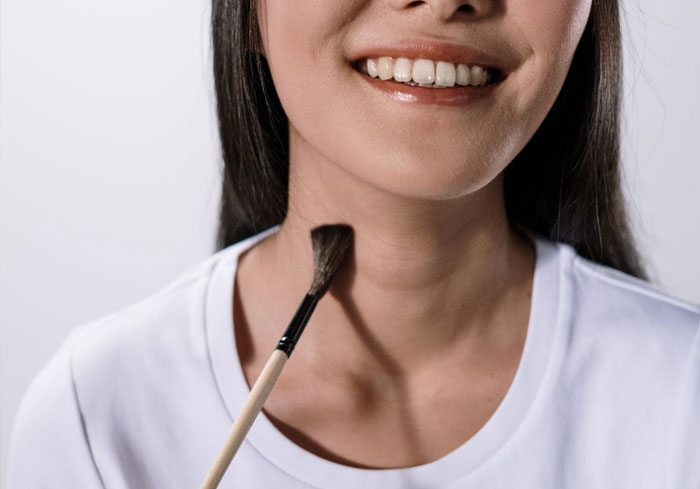
Image credits: knowledgesaurus
#51
Only 10% of people have Darwin's tubercle - the little bump on the outside of your ear. It's believed that people who have this are better at sensing voice tonality.
Image credits: knowledgesaurus
#52
20% of people have a gap between their two front teeth. What normally causes this is a discrepancy between the jaw size and the teeth. A lot of celebrities have this and don't correct it because they think it makes them unique.
Image credits: knowledgesaurus
#53
10% of people can touch their nose with their tongues. In medicine, this is called the Gorlin sign.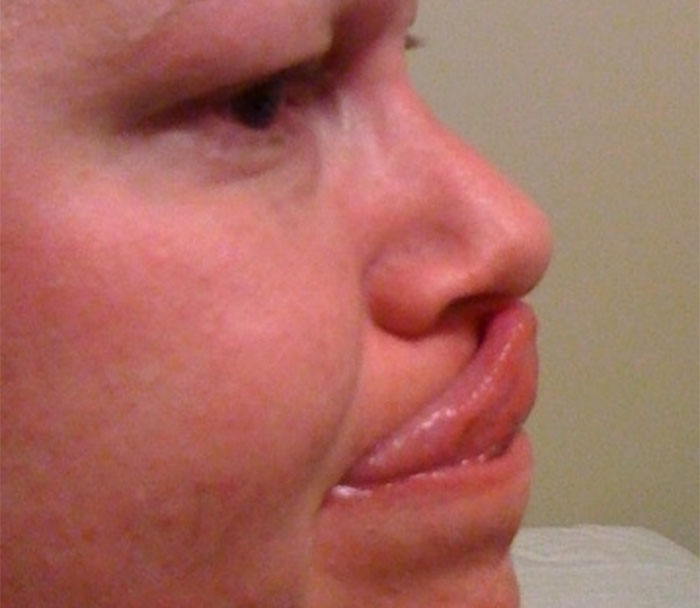
Image credits: knowledgesaurus
#54
Only 10% of people have birthmarks. They're usually oval in shape and come in a coffee type color.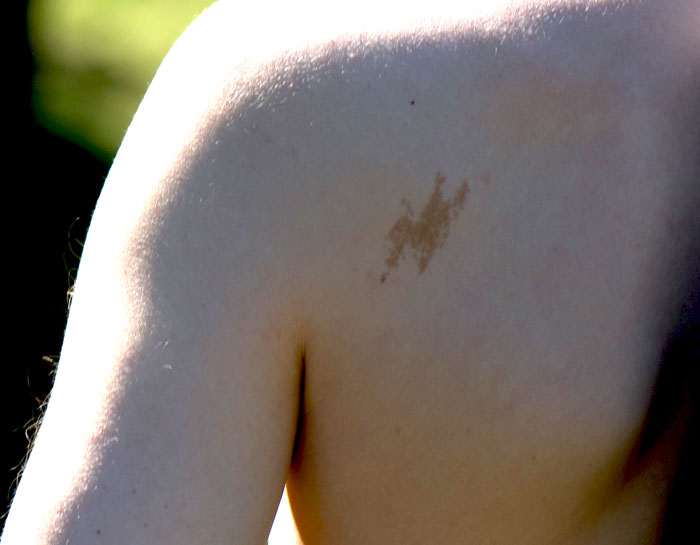
Image credits: knowledgesaurus
#55
30% of people can flare their nostrils on command. However that muscle has very little use and is usually weak, so a lot of people can't do it on command.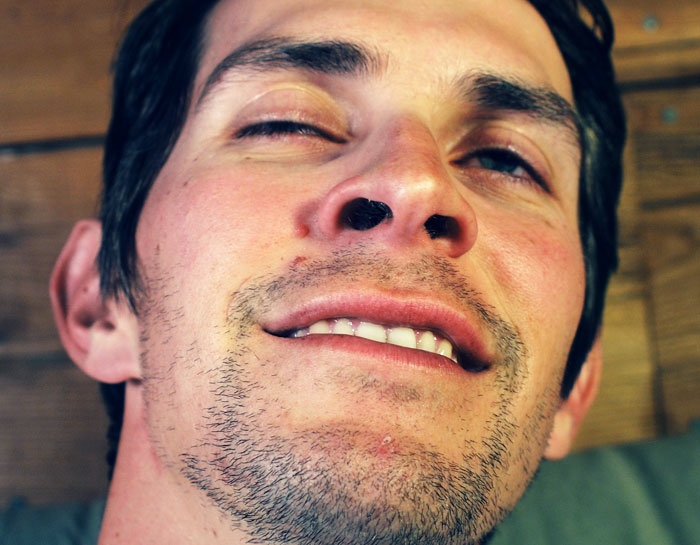
Image credits: knowledgesaurus
#56
Only 12% of people dream in black and white.
Image credits: knowledgesaurus
#57
Only 12% of people have tetrachromacy - the ability to see a lot more colors than the majority of people. They can see about 10 times as many shades and colors as someone with normal vision.
Image credits: knowledgesaurus
#58
Only 1% of people clasp their hands this way.
Image credits: knowledgesaurus
#59
35% of people can gleek. Only 1% of people can do it on command. Gleeking is when you're spitting saliva from under your tongue and it squirts out.
Image credits: knowledgesaurus
#60
14% of people don't have this muscle - Palmaris Longus. This muscle was developed when our ancestors were big tree climbers. If you want to see if you still have it, pull back your palm on a flat surface, touch your pinky and thumb together and slightly lift them and you should see that ligament pop out.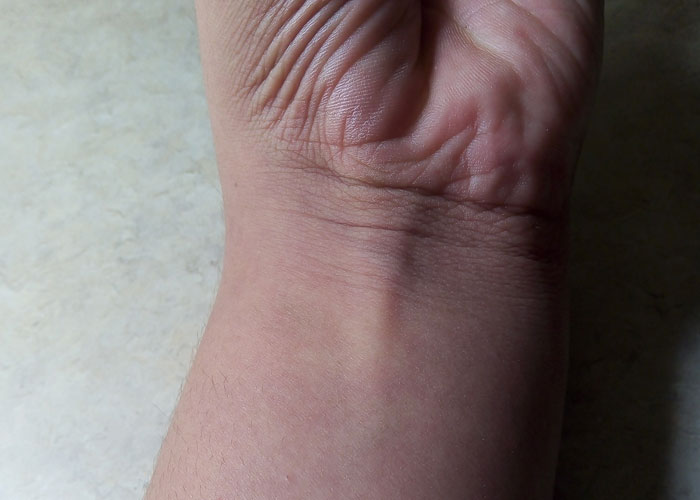
Image credits: knowledgesaurus
#61
Less than 1% of people have perfect pitch - the ability to identify the exact note when you hear it. A lot of people believe you're born like this however some researchers have hypothesized that you can learn this later in life as well.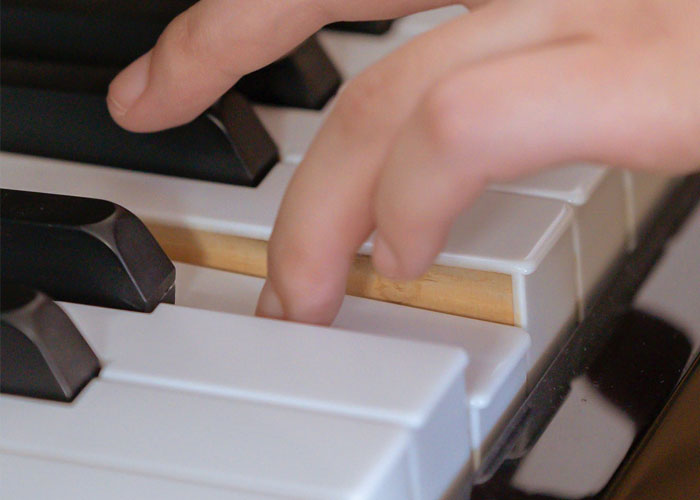
Image credits: knowledgesaurus



0 Yorumlar